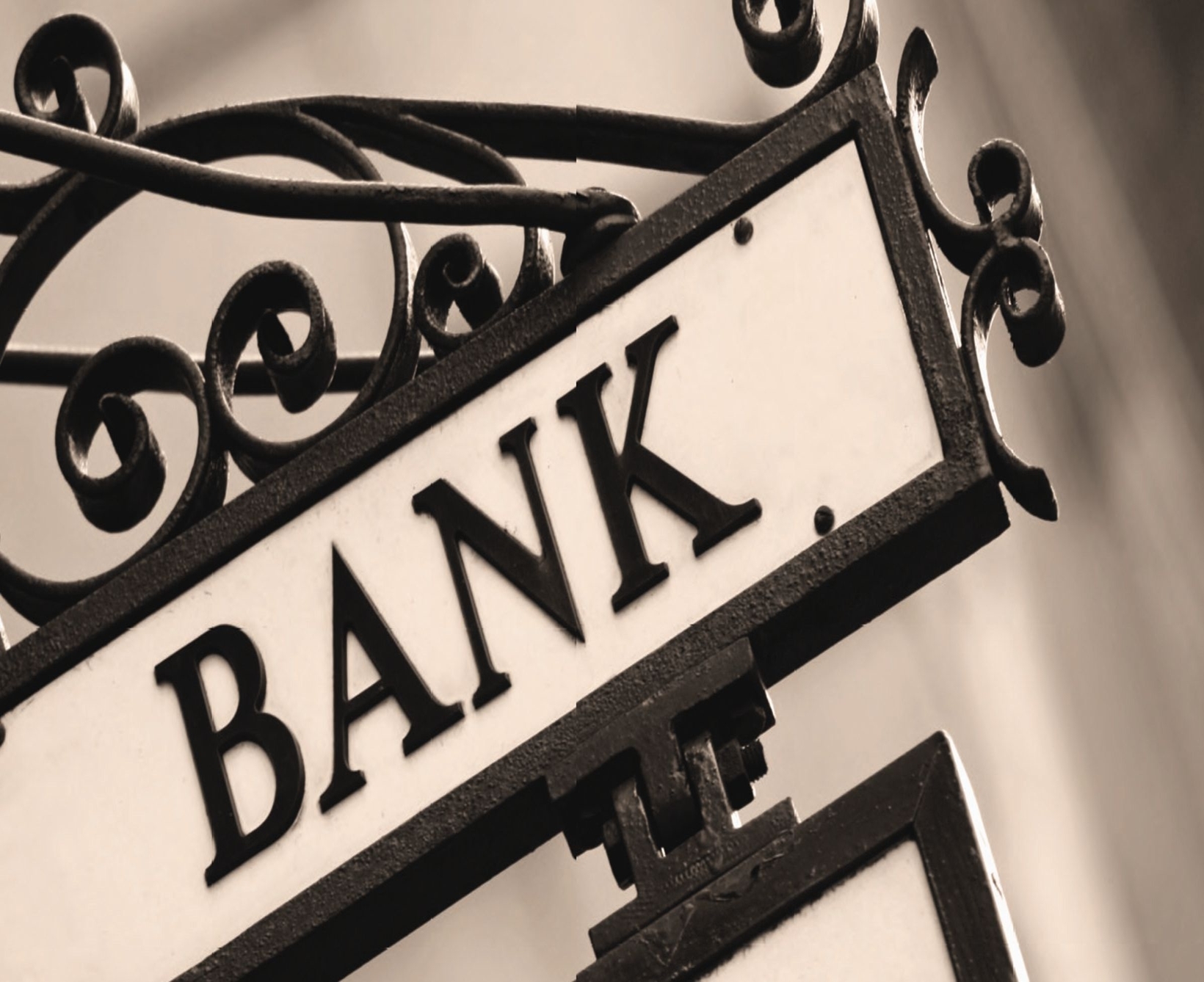Last year in November,2011, Indian Banking industry had been downgraded by Standard & Poor’s (S & P) from stable to negative. The US credit crunch and Euro Zone crisis have had a major role to play in the downfall of some of the other major economies in the world.When asked last year on the reaction of the downgrade, the government called it of ‘no significance’ and said that the financial system was much healthier and stronger owing to country’s strong lending system.This rank was looked through by Financial Services Secretary D.K. Mittal who said “We are not concerned. We are not affected by the downgrade. Looking at how the global banks are faring, we are much stronger and the ratings have no significance.” 
After seven months, Fitch decided to downgrade banks from stable to negative and banks affected by this ratings are State Bank of India, Punjab National Bank, Bank of Baroda, IDBI Bank, ICICI Bank, Export Import Bank of India, HUDCO and IDFC Co. Ltd. The list included government banks and shows the amount of exposure these banks have to sovereign debt.India’s credit outlook being downgraded, in simple words, means that it is borrowing more than its capacity to repay . Corruption, high inflation, slow growth are some of the other reasons backing this rating.On 22nd February,2012 Fitch had downgraded Greece to Junk from ‘CCC’ to ‘C’.
So what does it really mean for the market? Statements stating that every thing is not as bad as it looks by some sources definitely does not hold true. One of the reason this is being said is to avoid market panic and not make things go from bad to worse. Such ratings usually create panic for bond investors. Bank customers have nothing to worry because banks have a reasonable customer deposit base, established domestic franchises and adequate capitalisation. Standard and Poor’s(S&P) had previously warned the nation early this month that it maybe the first of the BRIC nation to default. With debates whether we are still in crisis or not are now old stories because we are ALREADY in a crisis!
India faces the financial storm and it is evident with the constant interference of the central bank of India. Though there has been no change in the cash reserve ratio, repo rate and reverse repo rate, the Reserve Bank of India(RBI) has made changes to inject more money in the financial system by raising the Export Credit Refinance (ECR) limit from 15% to 50% of the outstanding rupee export credit for banks. The Indian financial system faces a turmoil and ratings will continue to fall in the near future if the government does not take fiscal and economic reform steps in order to revive the economic growth and cut inflation.
© 2012 Deena Zaidi. All rights reserved.
